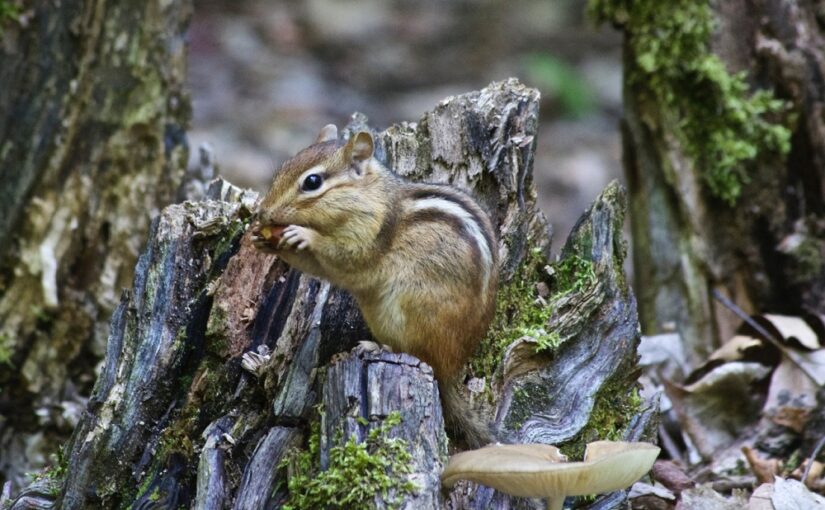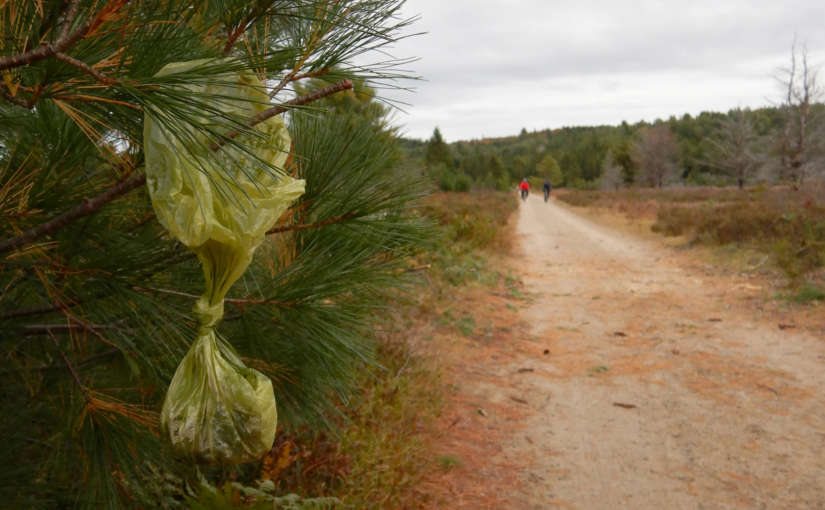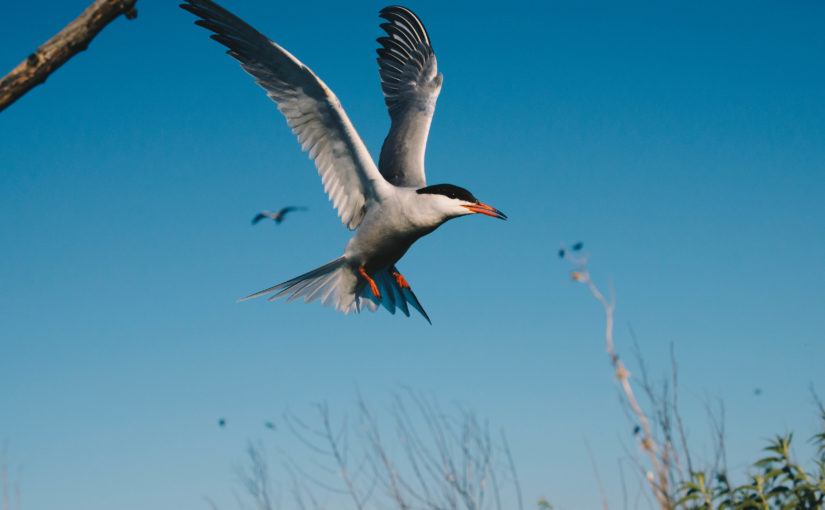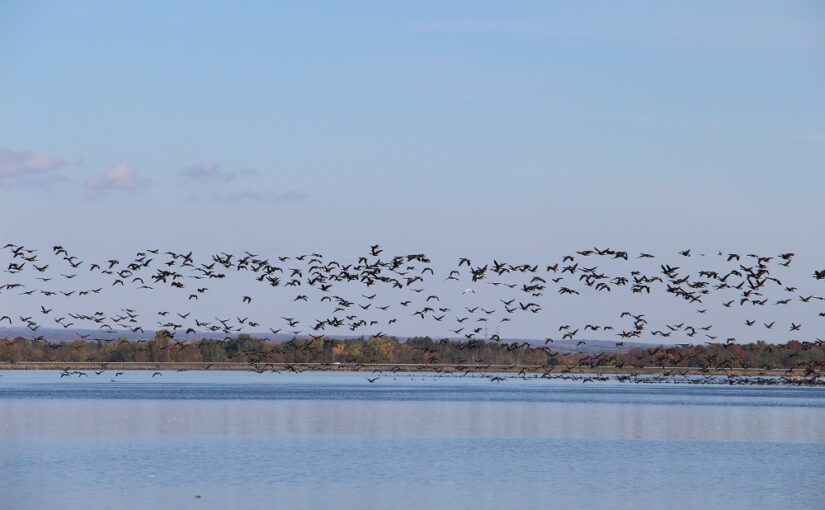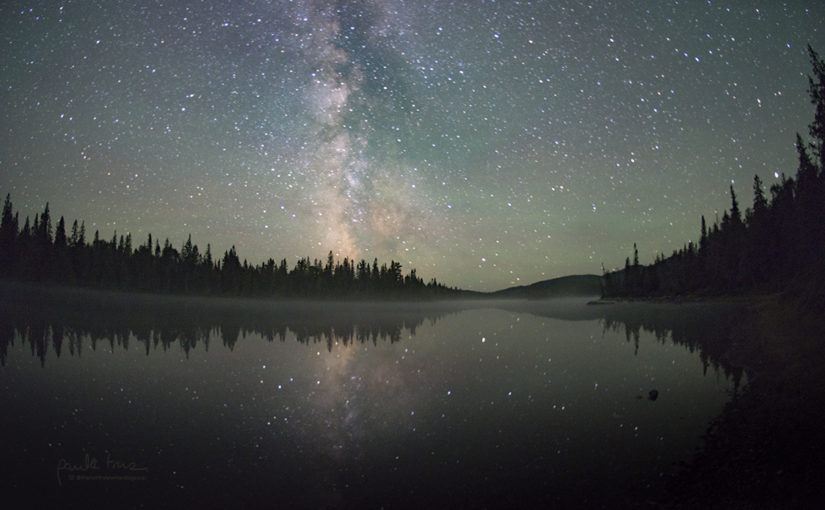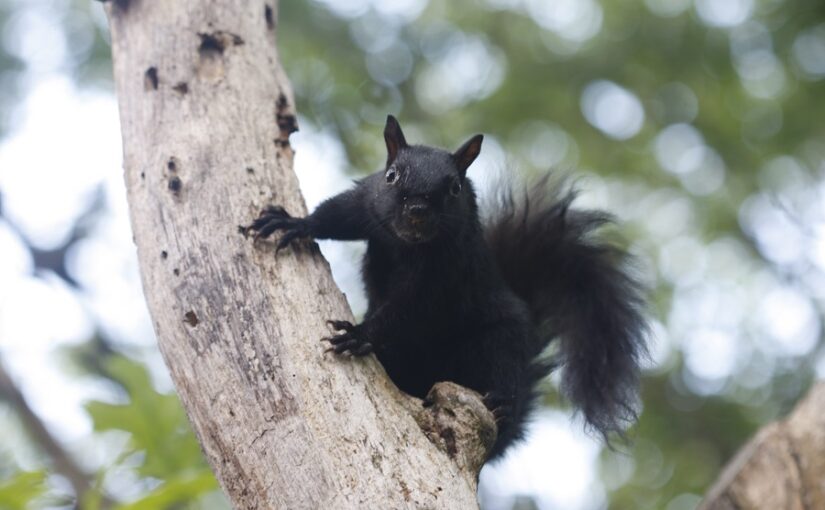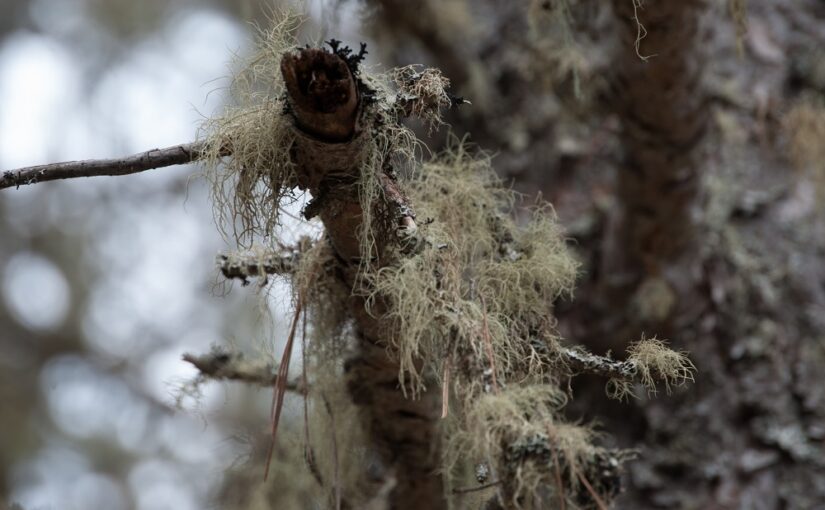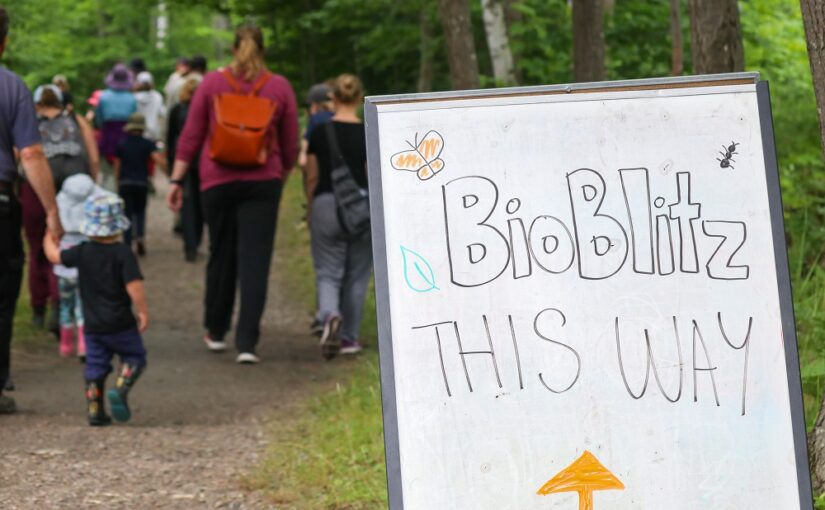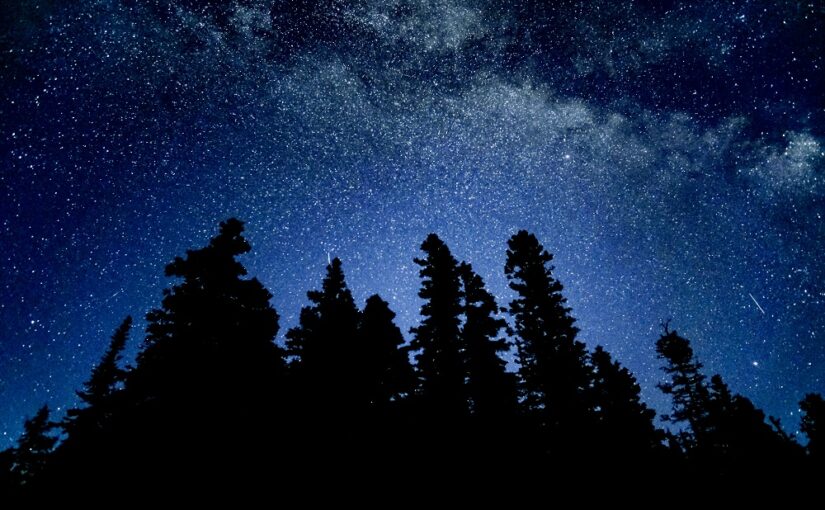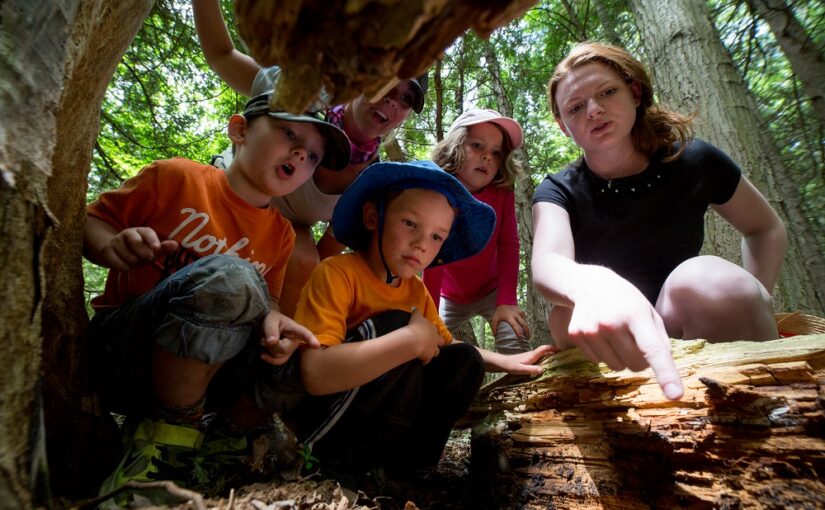Today’s post comes from Gabriel Argenti, a Discovery Student at Rondeau Provincial Park.
As winter approaches, most wildlife undergoes seasonal changes or new habits.
Some animals prepare for the cold by storing food away, going into hibernation, eating to gain weight, growing a thicker coat. Others migrate south to warmer climates to wait out the season.
Let’s take a look at one animal in particular, the Eastern Chipmunk (Tamias striatus), and see how they make it through the coldest time of the year.
Continue reading How do chipmunks prepare for and live through winter?
